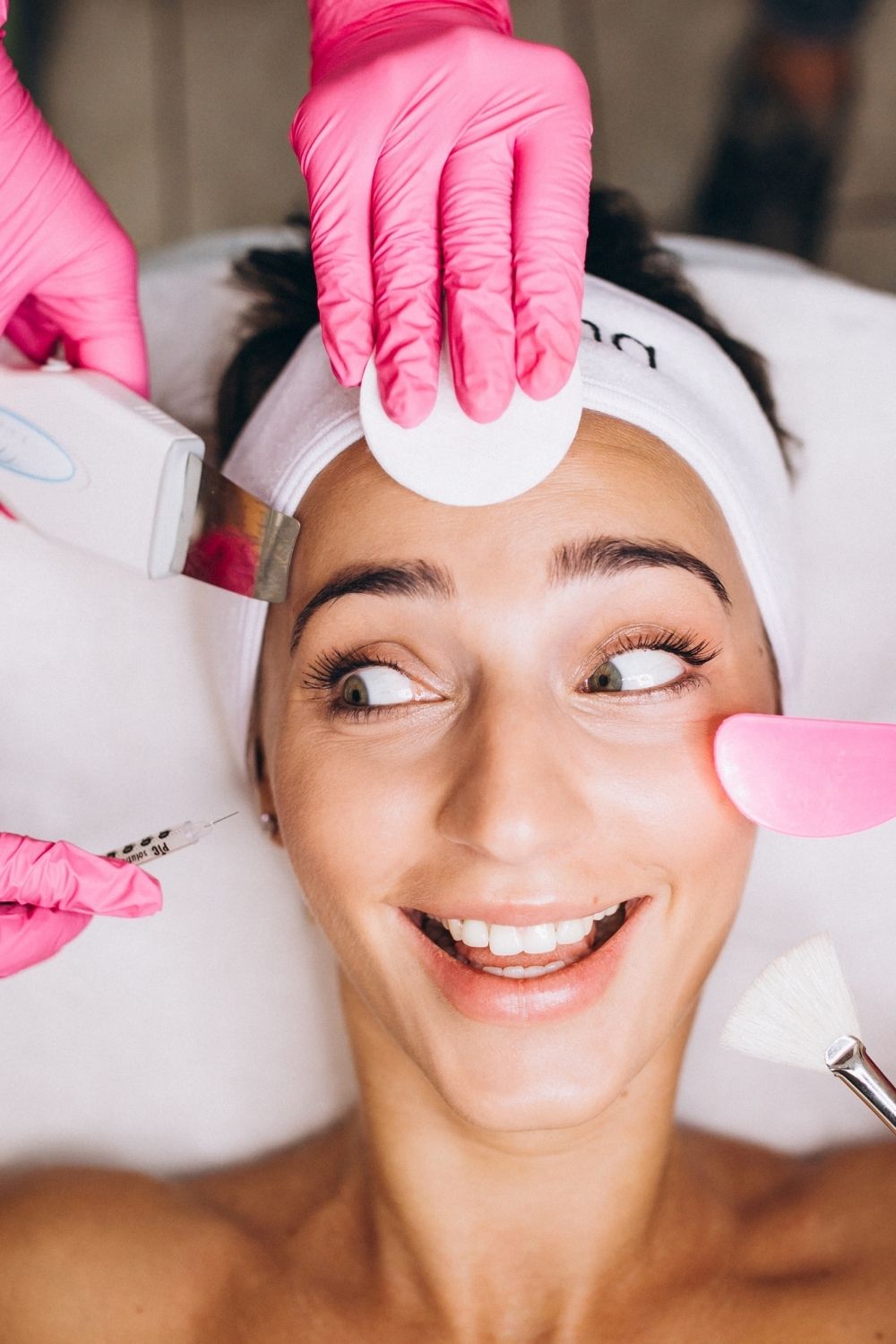Hydroquinone is a topical skin-bleaching agent that lightens the appearance of pigmented skin by inhibiting the production of melanin.
Hydroquinone does come with a few side effects, although they are usually mild.
Alternatives to hydroquinone include azelaic acid and retinoids, as well as cosmetic treatments such as laser lightening and chemical peels.
Hydroquinone has been the most popular skin-lightening agent for more than 50 years. It is usually applied topically as a cream, and slowly lightens skin by reducing the production of the pigment melanin.
If you’re looking to get rid of freckles, age spots, or another type of hyperpigmentation, you need to know about hydroquinone.
Find out how hydroquinone works, how to apply it, the possible side effects, and alternative products and procedures that can lighten your skin.
How hydroquinone is used
Hydroquinone can be used to treat any condition caused by hyperpigmentation, including age and liver spots, freckles, acne scars, and melasma—which causes brown patches to form on the face, often during pregnancy.
Hydroquinone products come in many forms, including creams, emulsions, gels, lotions, and solutions.
Over-the-counter products usually include 2%–3% hydroquinone, but dermatologists can prescribe products in higher concentrations, up to 4%.
Results are usually apparent within one to three months; if you’ve been using a hydroquinone product for three months and still haven’t seen a change, you should contact your dermatologist.
How hydroquinone works
To understand what hydroquinone is and how it works, we must first understand how skin gets its color — and how to reverse that process.
Every living being has melanin, a group of pigments that give color to skin, hair, and eyes, among other things. Melanin in the skin is produced by a group of cells in the epidermis called melanocytes. It is responsible for darker skin tones overall, and for localized spots of color, such as moles and freckles.
Melanocytes create and house the melanin pigment in a specialized structure called a melanosome. Hydroquinone decreases the production and increases the breakdown of melanosomes, thereby reducing the creation of melanin.
Without getting too technical, hydroquinone accomplishes this by inhibiting an enzyme called tyrosinase, which is used to make melanin.





